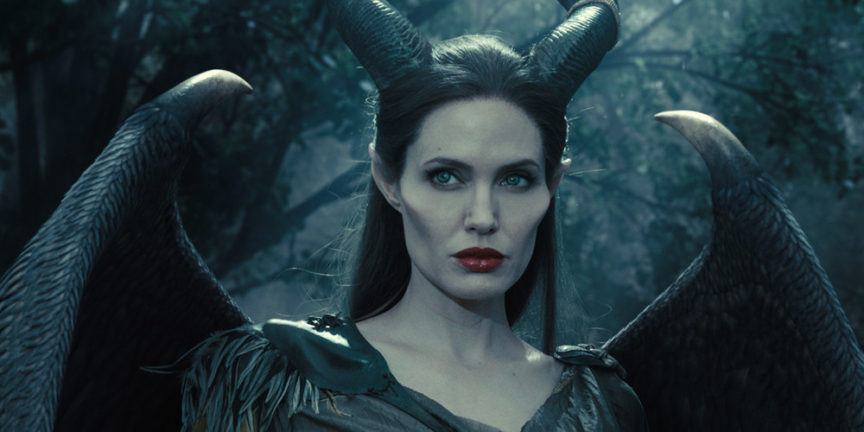
Since the sequel to 2014’s “Maleficent” — “Maleficent: Mistress of Evil” — is currently out in theaters, my family just rewatched the first one. Five years ago, “Maleficent,” starring Angelina Jolie, received a green-splat score of 53% on Rotten Tomatoes, with a review by the Chicago Sun Times’ Richard Roeper calling it “plodding and utterly unconvincing.” But the second time around only confirmed my first assessment: “Maleficent” is, in fact, awesome! As with many movies featuring a female lead with a majority of female characters that explore feminist themes, the (mostly male) critics got it wrong.
In the genre of fairy tales, the evil queen/evil step-mother characters are often just born that way — which seems to betray an old-timey prejudice that many women are simply manipulative bitches by nature. But any class on character development in Screenwriting 101 will tell you there should be good reasons why someone becomes “evil.” (Everyone praising “The Joker” proves it.)
Maleficent’s own reason in this reimagined origin story is one common among women — her bodily autonomy and integrity is brutally violated by someone she loves and trusts. It’s basically the fairy tale equivalent of date rape: she’s roofied and then her fairy wings (not delicate and dainty but huge, thick and strong) are hacked off by her first love, a human who — motivated by greed and power — is only thinking about what he wants, what’s good for him, what he believes he is entitled to. The assault literally robs of her of something essential to her well-being. This movie predates #MeToo, but it’s 100% #MeToo.
So what to make of Richard Roeper’s glib dismissal of this plot point?:
Damn those humans! They never respect the boundaries of other cultures in their quest for treasure….Because Stefan is a weak, greedy, power-hungry man, he betrays Maleficent — and that’s when all hell breaks loose.
Historically, patriarchal cultures have not respected the boundaries of minorities, the less powerful, those different from the men in charge — seems legit fair game for cinematic allegory, no? He goes on to write:
Scene by scene, “Maleficent” drains all the drama and tension and romance from the story, in favor of hitting us over the head with teaching moments about how women have to look after one another because men are either power-hungry jerks or empty-headed pretty boys. (I know: If we get another thousand films with that message, it still won’t level the cinematic history playing field. But that shouldn’t be the point of a movie.)
When Roeper writes of all romance being drained from the story, which story is he referring to? The 1959 Disney version in which Aurora and the prince meet for five seconds and fall in love, then Aurora succumbs to the curse and falls asleep, then the prince saves the passive princess by killing the evil queen and kissing Aurora awake? Or perhaps he’s referring to the original version from the mid-17th-century in which a married king stumbles upon a dead but not-decomposing Sleeping Beauty, rapes and impregnates her, goes back for more rape only to discover she’s given birth and woken up (in that order), brings her back to the castle where his wife, the queen, tries to cook the kids and feed them to her king (funky cold Medea style) and then tries to throw Sleeping Beauty in a bonfire only to be thrown into the fire and killed by the king first!
The mid-century Disney version — damsel in distress saved by a prince — couldn’t be more tired. The original version — necrophilia, rape, adultery, cannibalism, murder — couldn’t be more horrifying. At least with 2014’s “Maleficent,” we do get something truly new and positive:
- Women do need to look out for one another, so why isn’t that good enough to be the point of a movie? Oh, that’s right: because women’s issues have historically been seen as losers for Hollywood big business (i.e. too much of a bummer for dudes). But thanks to work being done by institutions like The Geena Davis Institute on Gender in Media, the tides are finally — albeit slowly — turning!
- How novel that (spoiler alert) the “true love’s kiss” by the prince doesn’t work here because, duh, they only just met — they don’t know each other, they can’t really be in love, at least not yet, because true romantic love and intimacy take time, communication and understanding.
- How refreshing that the true love’s kiss that does work is from Maleficent herself. The movie makes maternal love the star of the film — and not even biological maternal love, but adoptive maternal love — perhaps the most selfless love of all.
- And how uplifting that when Maleficent gets her wings back — when she is healed — she finally gets the upper hand over her abuser and can fly freely again.
Yes, you should probably have a talk with your kids about its lack of diversity and the problem of the young prince kissing Aurora square on the mouth while she’s sleeping, i.e. without her consent. But otherwise, “Maleficent” is a wonderful, female-driven movie for the whole family (girls, boys and everyone in between — okay, maybe not the little ones), with plenty of impressive CGI battle scenes interspersed with the humanization of a complicated three-dimensional character. A breath of fresh air from the almighty Marvel Universe, it’s a movie that prizes the power of familial love over superhuman strength. Why that uncommon message was praised in 2013’s “Frozen” (a movie that basically condones boys eating boogers) but not in 2014’s “Maleficent” is beyond me.
The Maleficent sequel gets a 41% on Rotten Tomatoes. I haven’t seen it yet, so I’ll take that rating with a grain of salt for now.




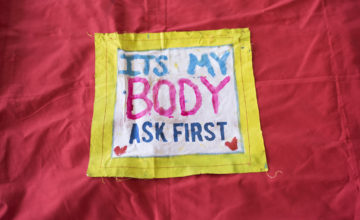
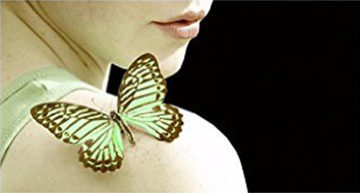



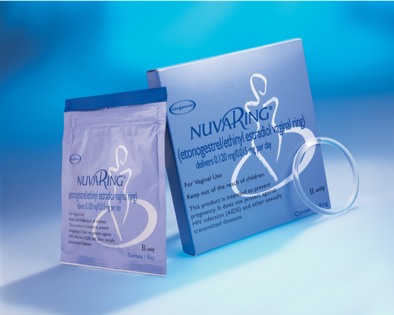


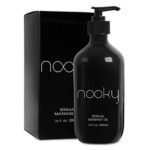
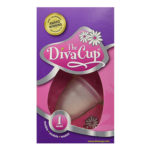
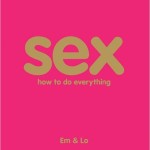
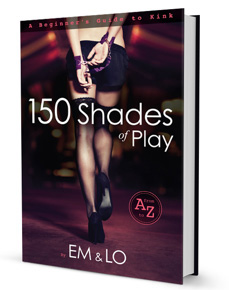

Yeah this ‘the (mostly male) critics got it wrong.’ kinda sums up this whole wbstie kinda well..
Brcause men are evil !!!
Damn this is scary that people really think like this. Like movie critics are 5 years old and only think what is between the logs of the lead actor nothing else.
Wonder did the author read any of the critics rewieve or just assumed this.